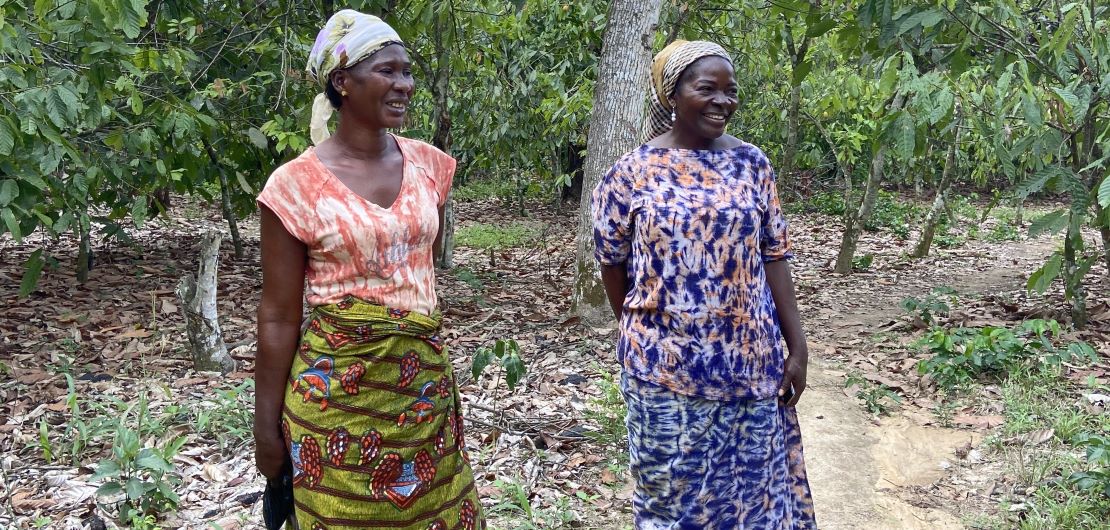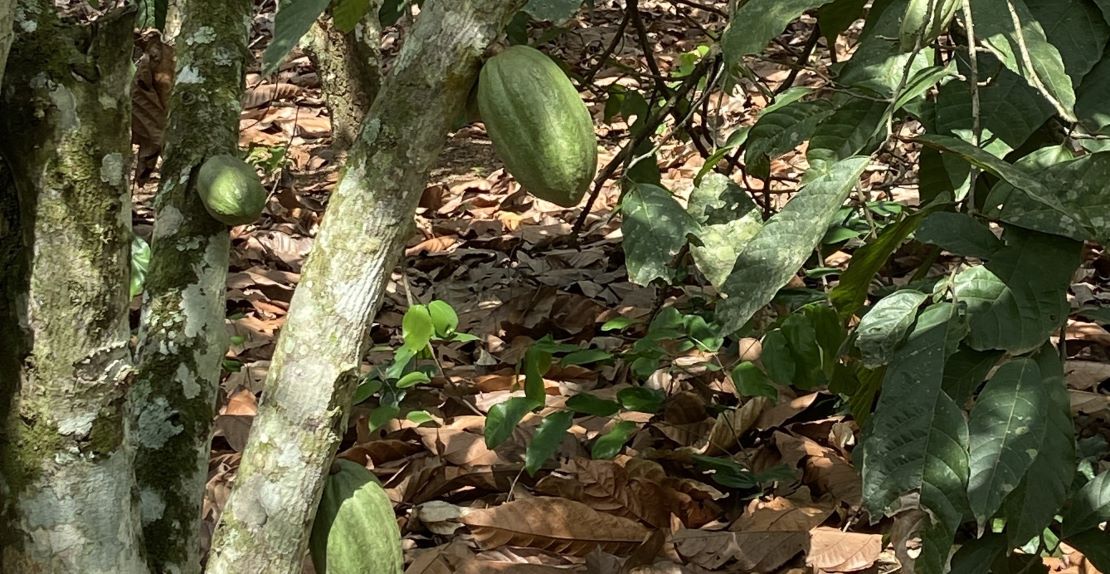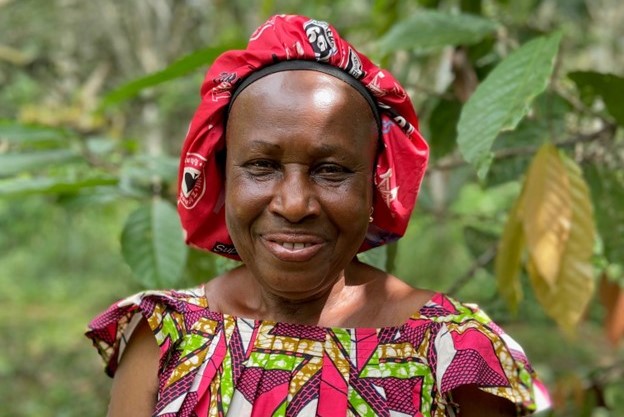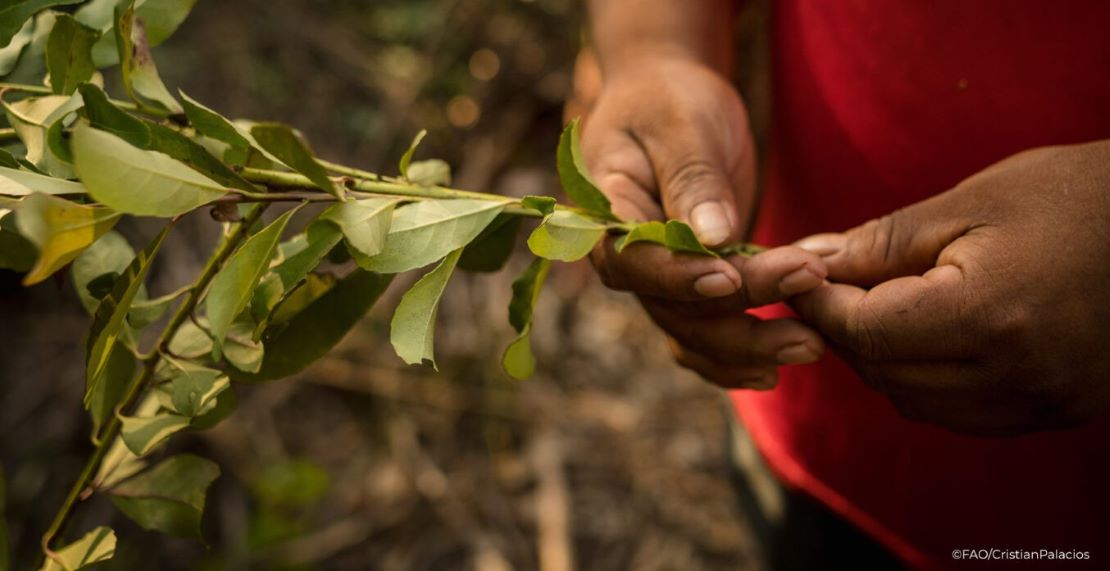Can cocoa and yerba mate trees help fight climate change?

©FAO
When we invest in forests, nature gives back. A sustainably managed forest generates multiple returns for people, biodiversity and the climate.
Most of the world’s rural people live within 5 kilometres of a forest, and 80 percent of the extreme poor live in rural areas. Considering that every dollar invested in ecosystem restoration creates up to USD 30 dollars in economic benefits, investing in forests is key to reducing poverty, conserving nature and combatting climate change.
Here are two examples from Côte d'Ivoire and Paraguay of how the Food and Agriculture Organization of the United Nations (FAO) and the Green Climate Fund (GCF) scale up investment in sustainable forest management for a more inclusive and climate-resilient future.
Deforestation-free cocoa offers climate solutions in Côte d'Ivoire
What do two million farmers in Côte d'Ivoire and chocolate consumers around the world have in common? Cocoa! Rural farmers depend on cocoa – produced from the seed of the tropical cocoa tree – for their livelihoods, while the chocolate industry relies on the cocoa produced in Côte d'Ivoire, which accounts for 44 percent of the global supply.

The cocoa tree bears fruit, called pods, on its trunk and branches. ©FAO
So what’s the problem with cocoa? Unsustainable cocoa farming has cost nature dearly: Forest cover in Côte d'Ivoire fell from eight to three million hectares between 1990 and 2015. The clearing of dense, tropical forests for full-sun cocoa plantations has been a major driver of deforestation.
Forest loss is exacerbated by the impacts of climate change. Côte d'Ivoire is one of the world’s most vulnerable countries to global warming, and cocoa crops are highly sensitive to weather changes, such as rising temperatures and less predictable rainfall patterns.
The country’s main cocoa producing regions have already been affected by heavy rainfall and flooding, and fears of a declining cocoa supply have sent prices soaring to record highs.
To address multiple challenges facing Côte d’Ivoire’s cocoa value chain, FAO and GCF are working with the government on a project – with investments worth USD 11.8 million – to build climate resilience and reduce greenhouse gas (GHG) emissions by promoting sustainable, deforestation-free cocoa in the country’s southwest region.
The promoting zero-deforestation cocoa production for reducing emissions in Côte d’Ivoire (PROMIRE) project supports local farmers’ cooperatives and fosters sustainable cocoa farming practices – where cocoa trees are grown under tropical forest canopies.
Farmers acquire essential financial and business management skills to produce sustainable, organic and fair trade cocoa; develop business models; and engage with microfinance institutions.
Monique N’Guessan, a resilient 64-year-old cocoa producer in the South-Comoé region, saw her cocoa trees thrive, and her yields increase after taking part in the project. “The income from the plantation is a real relief for us,” she says.

Monique N’Guessan Amlan stands in the shade under her cocoa tree. ©FAO/Mino Randrianarison
So far, two new organic cocoa production cooperatives have been created under the project, along with a women's conventional cocoa production cooperative in the La Mé region.
Reducing the carbon footprint of cocoa production is crucial for mitigating climate change impacts. At the same time, improving cocoa supply chain sustainability is key to enhancing traceability and promoting fair-trade cocoa.
With the European Union's new deforestation regulation (EUDR) set to come into force by the end of the year, transforming the cocoa value chain with new technological innovations that empower famers, enhance traceability and protect forests has never been more urgent.
What’s good about yerba mate? The sacred plant and caffeinated drink is helping to restore forests and preserve ancestral knowledge in Paraguay
The Ava Guaraní Indigenous Peoples have traditionally harvested the leaves of the yerba mate tree to make an energizing, caffeinated drink known around the world by many names, from Jesuit tea or Paraguayan tea, to mate and yerba tea.
But the wild yerba mate trees have become increasingly scarce as agricultural lands expand and trees are cut down for fuelwood.
Treli Gabriela Fernández – a mother of four and member of the Indigenous Peoples community in Ka'atymiri San Francisco – says, “We regret climate change because the mountain [forests] are disappearing.”
Restoring nature is the solution.
To help the community regenerate surrounding forests and enhance climate resilience, FAO and the Government of Paraguay are implementing a ninety-million-dollar, GCF-supported initiative, called the Poverty, Reforestation, Energy and Climate Change project (PROEZA).
The community has already planted 1 500 yerba mate seedlings along with native tree species following a sustainable, agroforestry model. The trees provide shade, windbreaks, and biomass for energy purposes; they also help conserve soils, store carbon, produce food and medicine, and reduce the negative impacts of extreme weather events.
“The heat and wind can be extreme,” says Treli, “but we don't feel it so much because there is still a little bit of forest left."
Treli’s partner, Ariel Benitez, says “[The young trees] are adapting and growing very well. You can tell that they are in a land that is familiar to them."
 Yerba mate is not only a caffeinated drink, but also a scared plant used as a natural remedy and in religious ceremonies.
Yerba mate is not only a caffeinated drink, but also a scared plant used as a natural remedy and in religious ceremonies.
The yerba mate seedlings are destined to generate income for the community for generations to come. A family like Treli’s and Ariel’s can expect to earn an average gross income of USD 1 100 per hectare annually.
How can innovative approaches to forest restoration fight climate change?
Deforestation-free cocoa in Côte d’Ivoire and yerba mate agroforestry practices in Paraguay are two examples of how nature-based solutions can reduce GHG emissions, boost food security and improve livelihoods.
Efforts to restore degraded forest areas play a vital role in sustainable forest management and climate mitigation: restoring forests and planting trees on degraded land can contribute one third of the total climate mitigation needed to limit warming to below 2°C by 2030.
Forests and trees also reduce the vulnerability of people to climate change by providing food and other ecosystem services during critical periods of climate driven food shortages.
When we invest in nature, we invest in our future…


